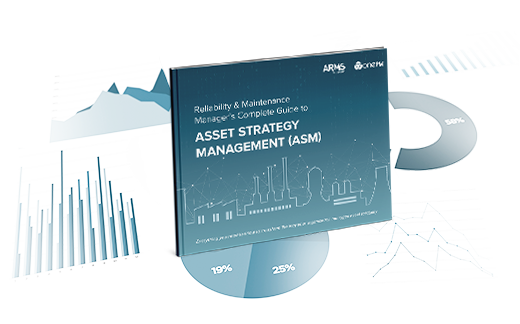With organizations today under increased pressure to innovate and stay relevant, an organization's ability to rapidly respond to change has become a key indicator of performance.
Defined as enterprise agility, this need to adapt quickly is reshaping the way organizations operate. It is seen not only in IT which is traditionally associated with driving change, but also in areas like marketing and finance.
So what does this mean for reliability and asset management? Most importantly, it means breaking free of traditional approaches to asset management which focus on maintaining the status quo. Such approaches are typically characterized by an emphasis on routine maintenance and the repair or replacement of assets which have already failed or degraded.
Transactional activities like these are vital to keeping the lights on, but only a baseline of what's required for asset management to help drive enterprise agility.
For most organizations, the missing link between effective asset management and optimized performance and agility, is Asset Strategy Management (ASM).
Increasing agility through ASM
There are two key ways in which ASM can support enterprise agility. The first is by helping organizations take a proactive approach to asset management and establish leading indicators of risk.
When used effectively, leading indicators enable organizations to identify risk of asset failure and intervene before this actually occurs. These indicators can also help organizations to better assess levels of risk and therefore make better decisions about how to balance cost and risk and prioritize work management.
The second way ASM can support enterprise agility is by giving organizations the ability to rapidly deploy new reliability strategies or make changes to existing ones across all sites. This is often a laborious and ineffective process whereby a change may be implemented at one site and then communicated by email or word of mouth to others who may adopt the change as they see fit.
In contrast, ASM allows for strategy updates to be completed and pushed out to all sites in just minutes. Ultimately, this gives organizations greater flexibility to adapt their reliability strategies in response to changes in their operating environment. This could include anything from a temporary change in weather to a permanent increase in production hours to meet increasing demand. Both of these scenarios require agility that only ASM can effectively provide.
To learn more about ASM and how it can support enterprise agility, check out our Complete Guide to Asset Strategy Management.


